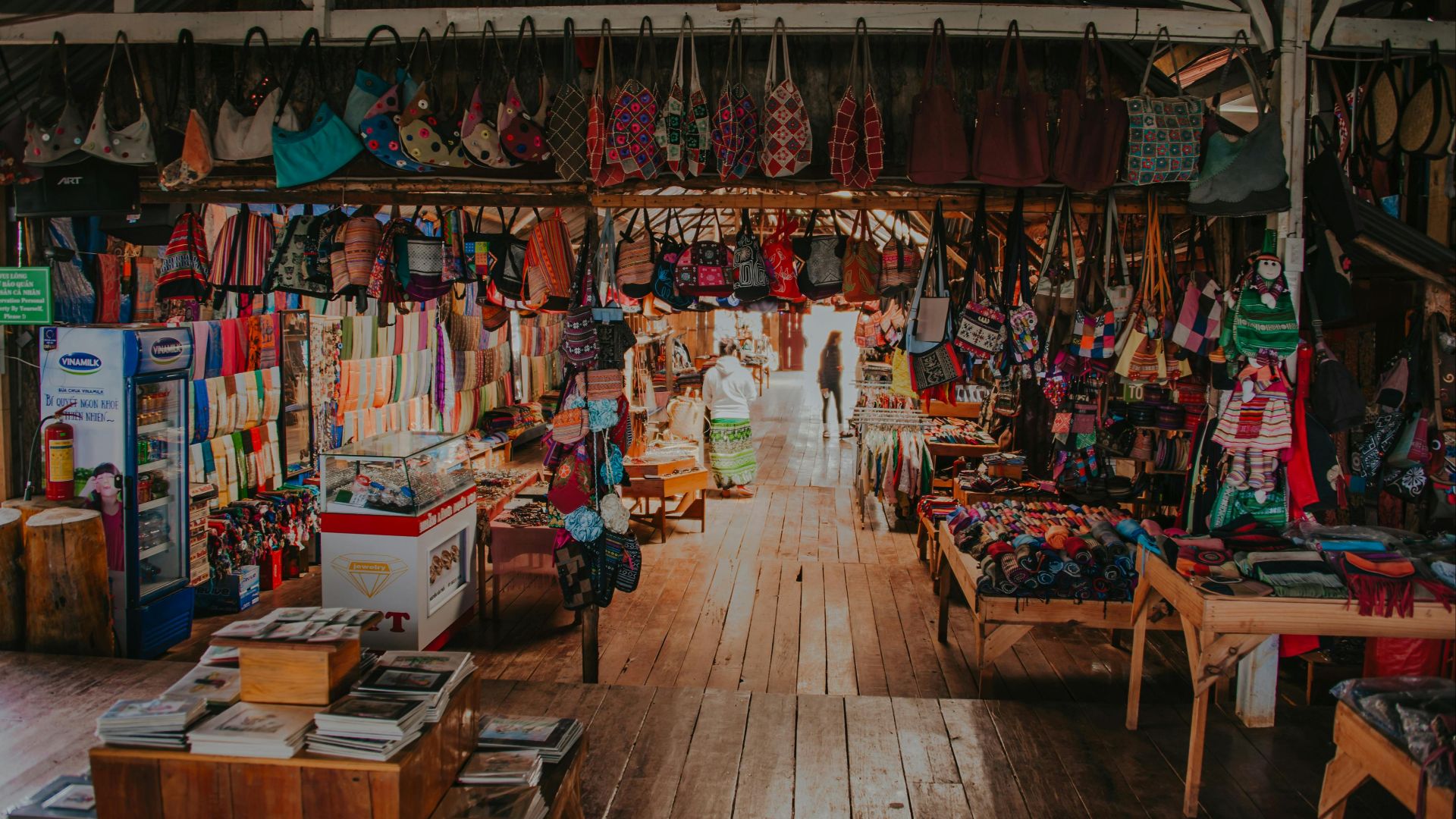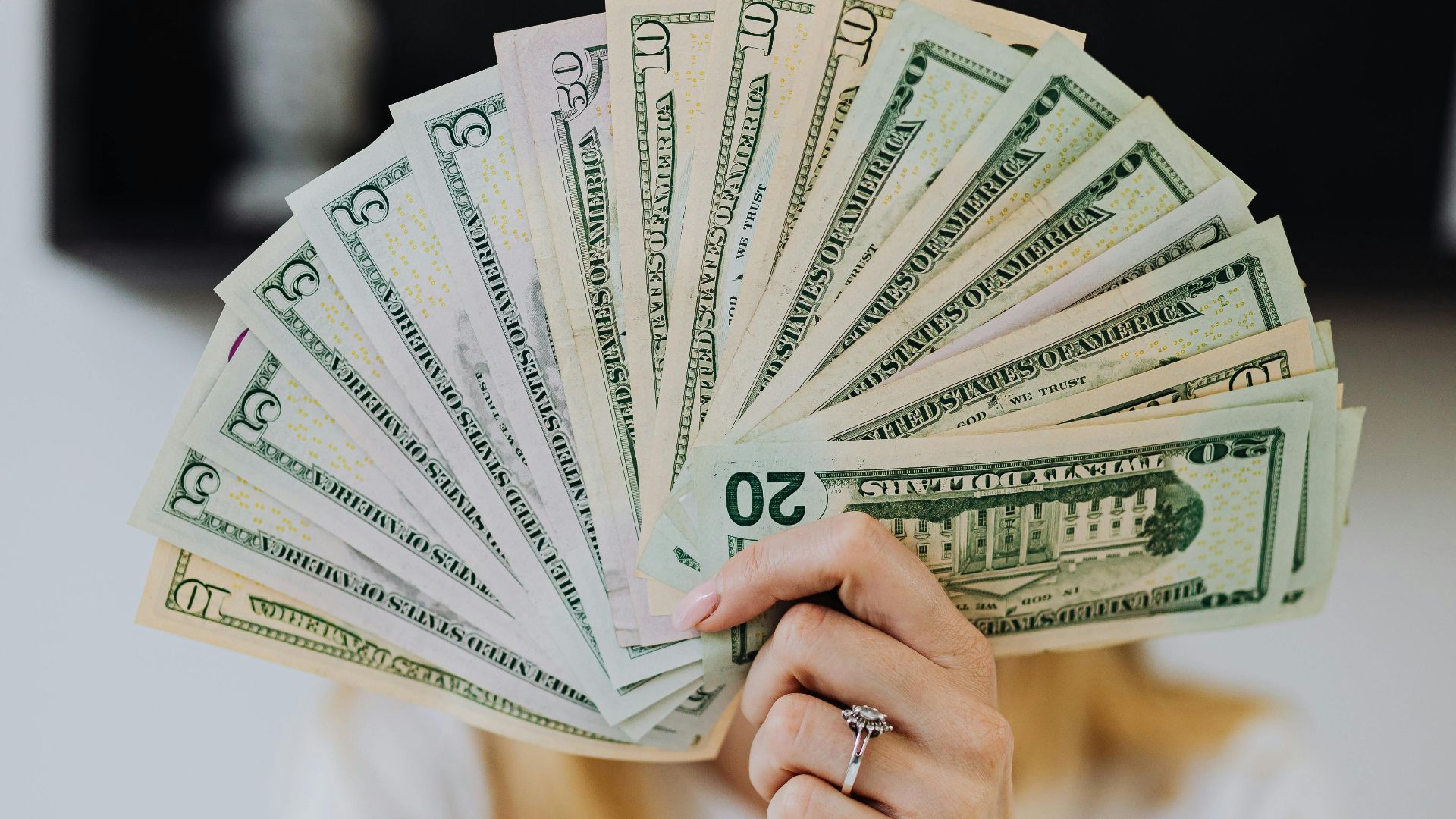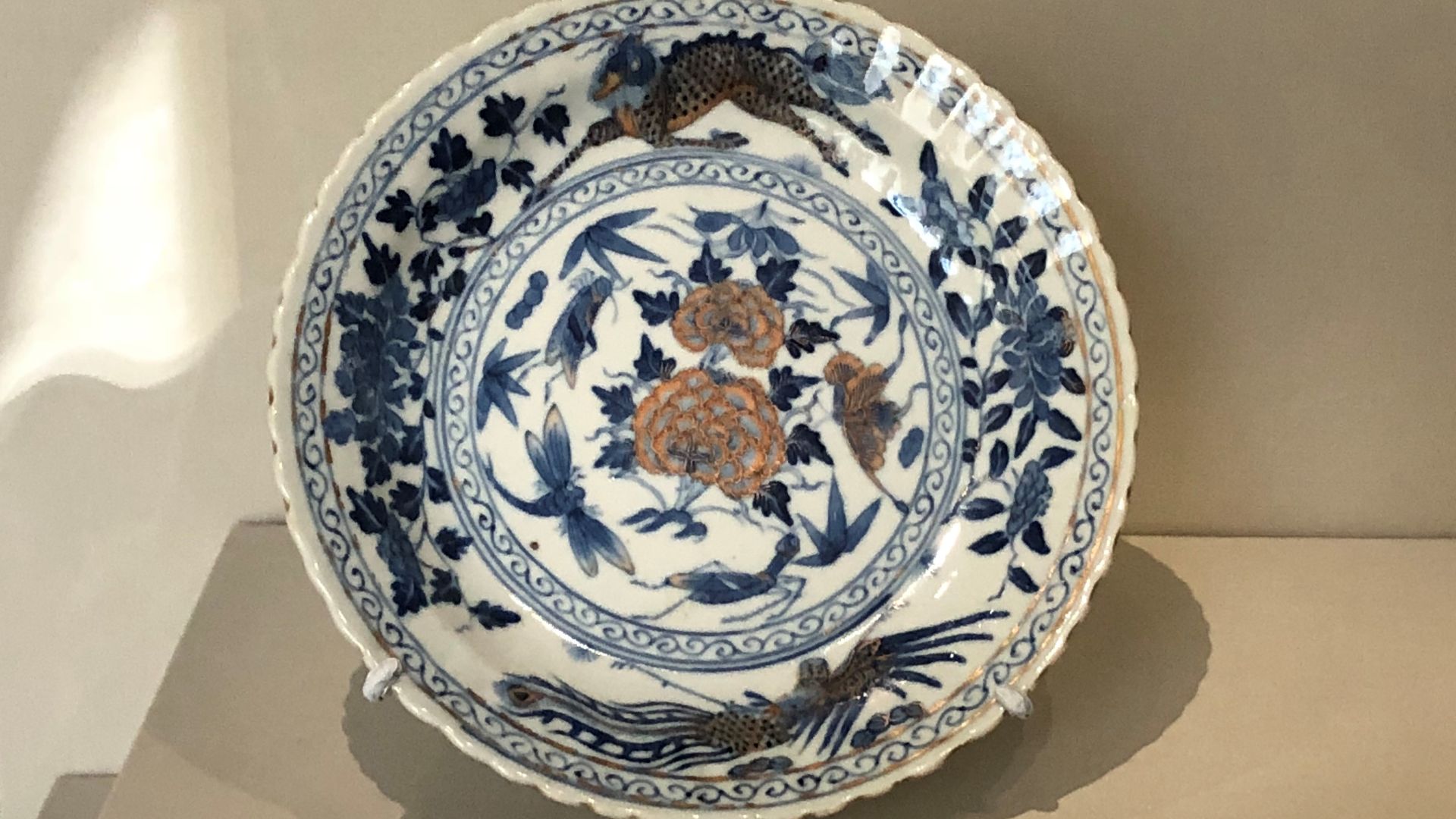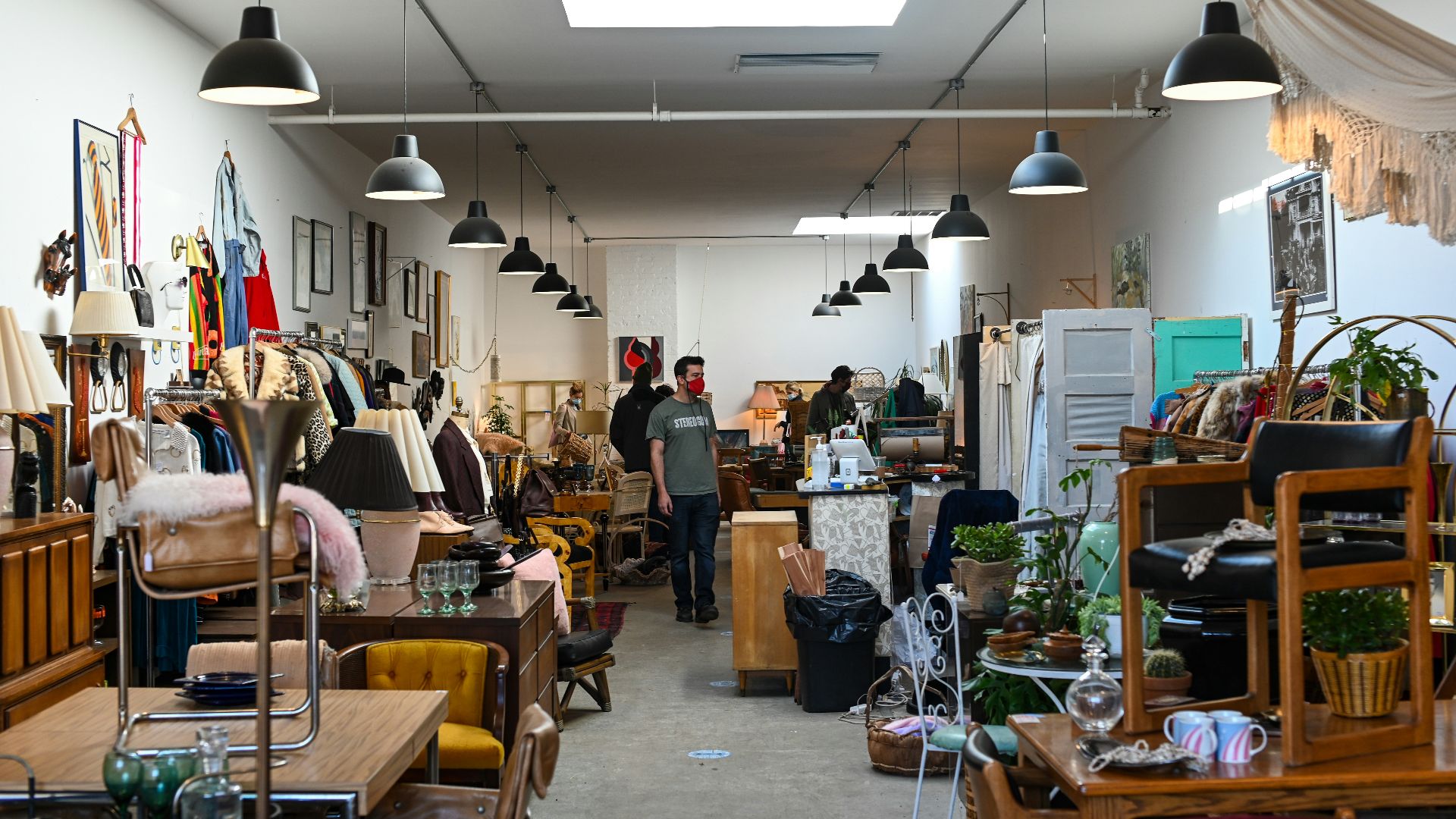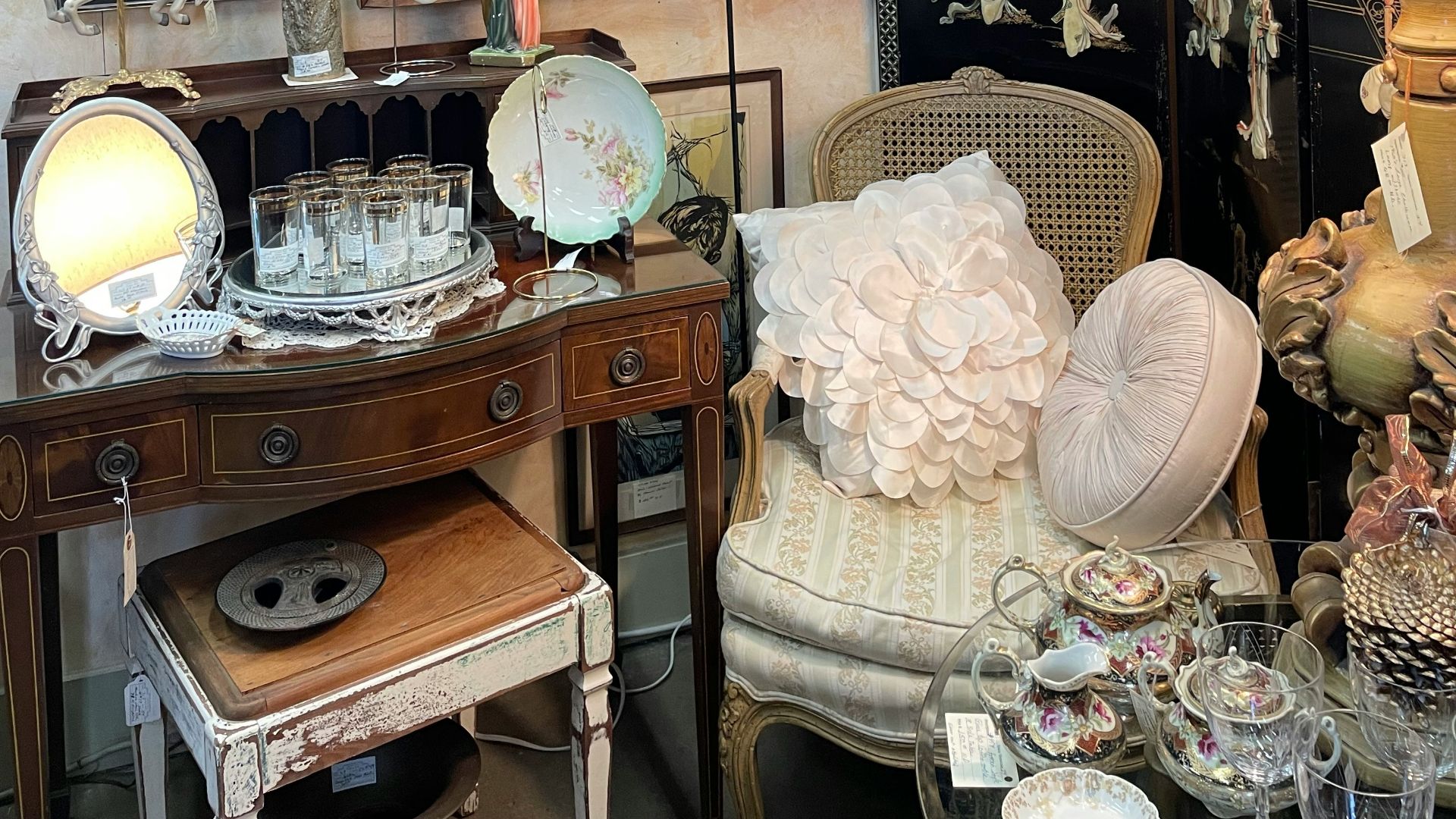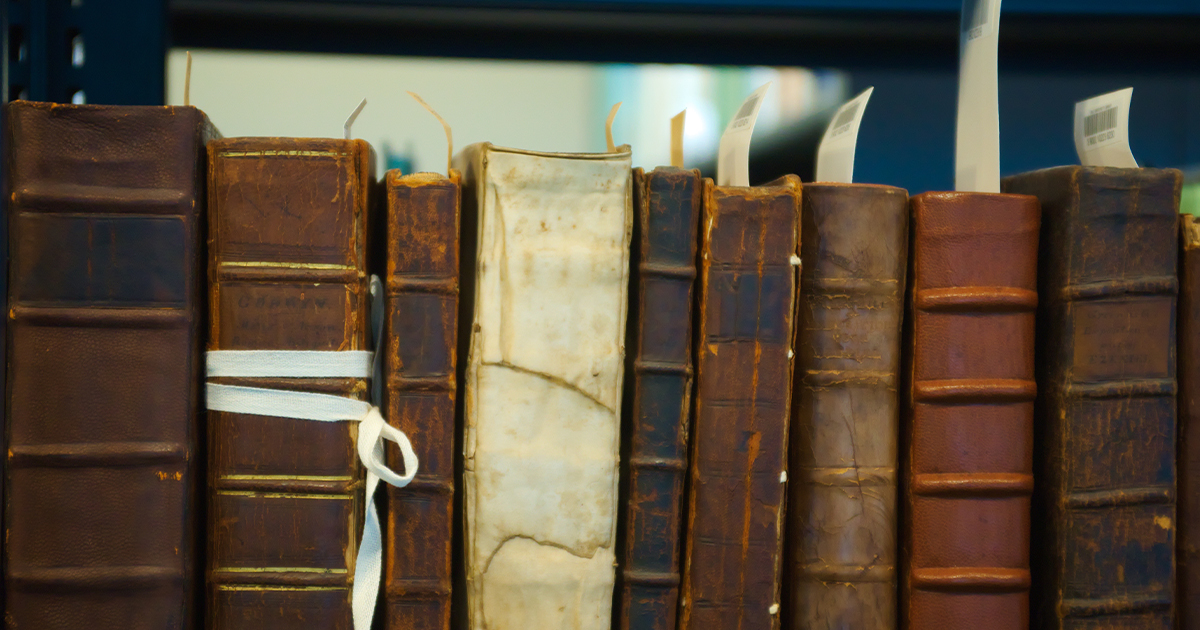A Five-Buck Thrift Gamble
In early 2025, an Illinois resident purchased a plate at a Goodwill in Evanston for $4.99. A pretty good price for porcelain—but he thought this plate looked particularly good for five dollars.
With just his phone's camera and Google Lens, he quickly realized he had something much more valuable on his hands.

Meet The Buyer: Thrift-Sharp Carpet Cleaner
The buyer was John Carcerano, a Chicago-area carpet-cleaning businessman who has done antiques dealing part-time. He has been buying and selling antiques for over 30 years on the side, and turned to frequenting thrift stores more intensively while recuperating from illness.
The Find Sits Under A Modern Plate
The plate was found tucked under a modern dish on a shopping cart of new Goodwill inventory. According to Carcerano, three other people were digging through the cart and missed the plate because it was partially covered; he spotted it in his peripheral vision.
 Chris Light, Wikimedia Commons
Chris Light, Wikimedia Commons
What The Plate Looked Like
On closer inspection, the plate bore a coat of arms (an armorial crest) and characteristics that did not match typical mass-market thrift dishes. Carcerano noted the glaze, shape, and heraldic motif suggested it might be a bespoke export piece rather than a generic item.
Armorial Export Porcelain Explained
“Armorial export porcelain” refers to Chinese-made porcelain in the 18th century decorated with family arms for Western patrons. Such pieces were commissioned by European (and sometimes other) families for export, often bespoke and rare.
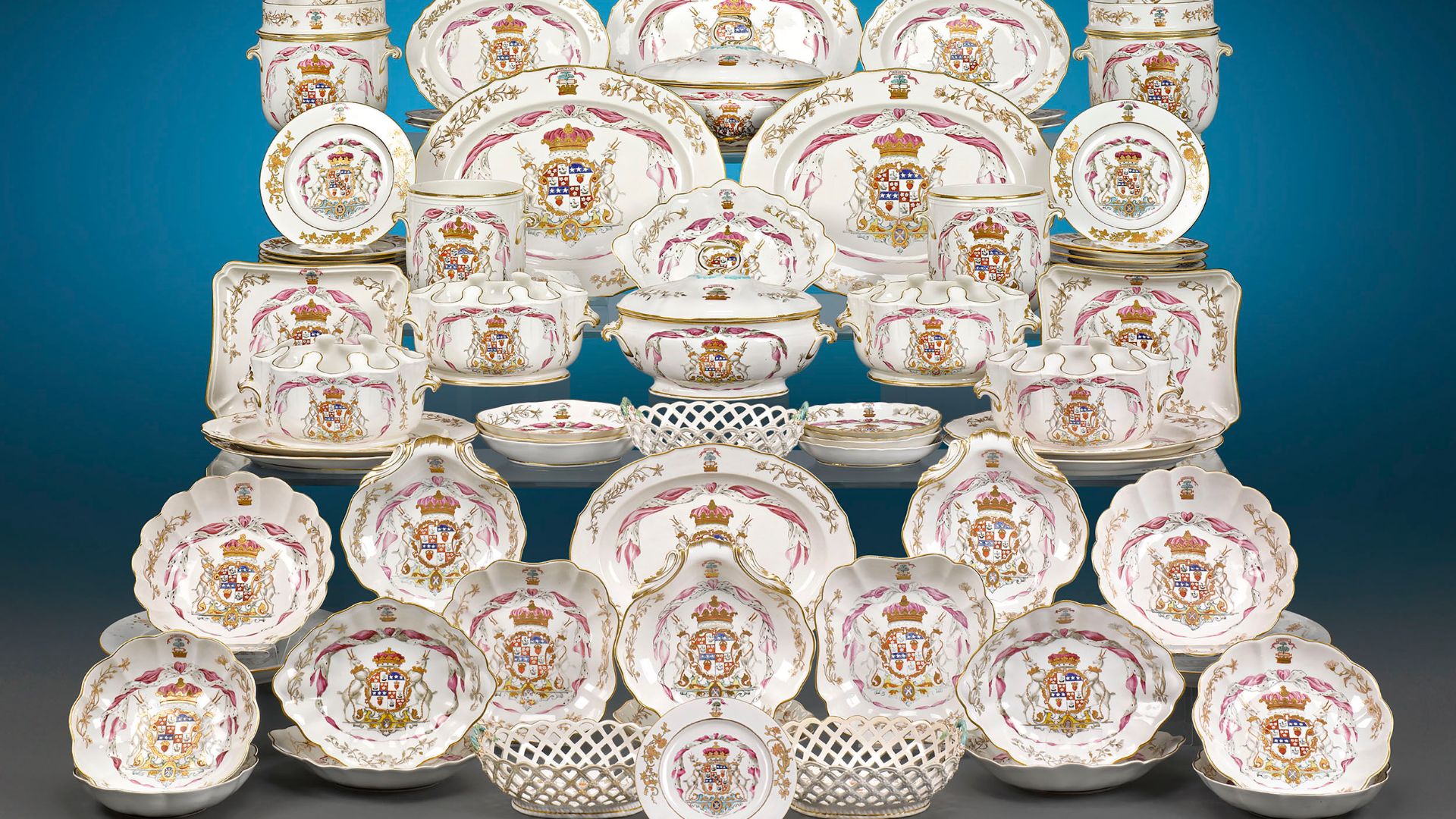 Rauantiques, Wikimedia Commons
Rauantiques, Wikimedia Commons
Historical Trade Context: China To Europe
During the 18th century, under the Qianlong period of the Qing dynasty (1736-1795), China produced export porcelain for Western markets. Workshops in Jingdezhen and export hubs in Canton (Guangzhou) helped produce these wares which were then shipped to Europe and North America.
 Derby Porcelain Works (England, 1756-1848), Wikimedia Commons
Derby Porcelain Works (England, 1756-1848), Wikimedia Commons
Why Rarity Matters
Because these export armorial pieces were bespoke and often commissioned for one family, they are much rarer than generic export wares. Many have not survived intact, and documented auction appearances are limited — making provenance and condition especially important.
Initial Value Hint: Comparable Sale
Using a photo and Google Lens, Carcerano located a similar plate that had sold at auction for about US$4,400. He was told that only two of these specific types had sold in the last 50 years of auction history.
Getting Professional Verification
Recognising the potential, Carcerano contacted major auction houses including Sotheby’s, Bonhams and Chicago-based Leslie Hindman Auctioneers (now merged with Freeman’s). He sent photographs and information to specialists to determine age, origin and value.
 Nelson Pavlosky , Wikimedia Commons
Nelson Pavlosky , Wikimedia Commons
Sotheby’s Confirms Circa 1775
A specialist at Sotheby’s identified the piece as a Chinese export armorial “chamfered rectangular platter” from around c. 1755–1775, in the Qianlong period of the Qing dynasty. They estimated its value between US$4,000 and US$6,000, based on condition and rarity.
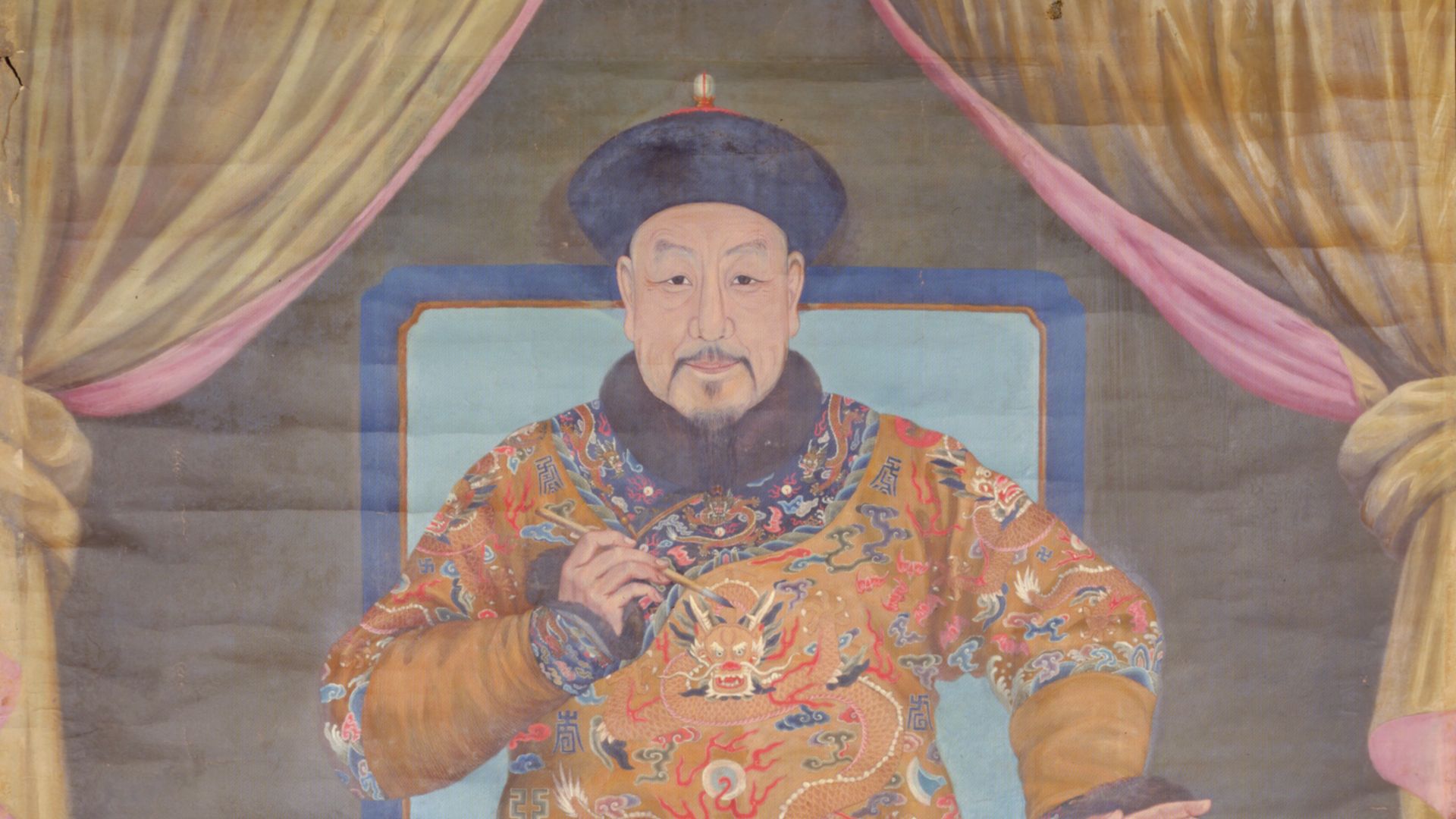 Unknown authorUnknown author , Wikimedia Commons
Unknown authorUnknown author , Wikimedia Commons
Jewish Arms, Unusual Twist
An interesting detail: the coat of arms on the plate was identified as belonging to the prominent Jewish family Mendes Da Costa, making the piece unusual among armorial export porcelain. The Sotheby’s specialist noted that a Chinese export piece with Jewish heraldry may be the first of its kind in a Judaica sale category.
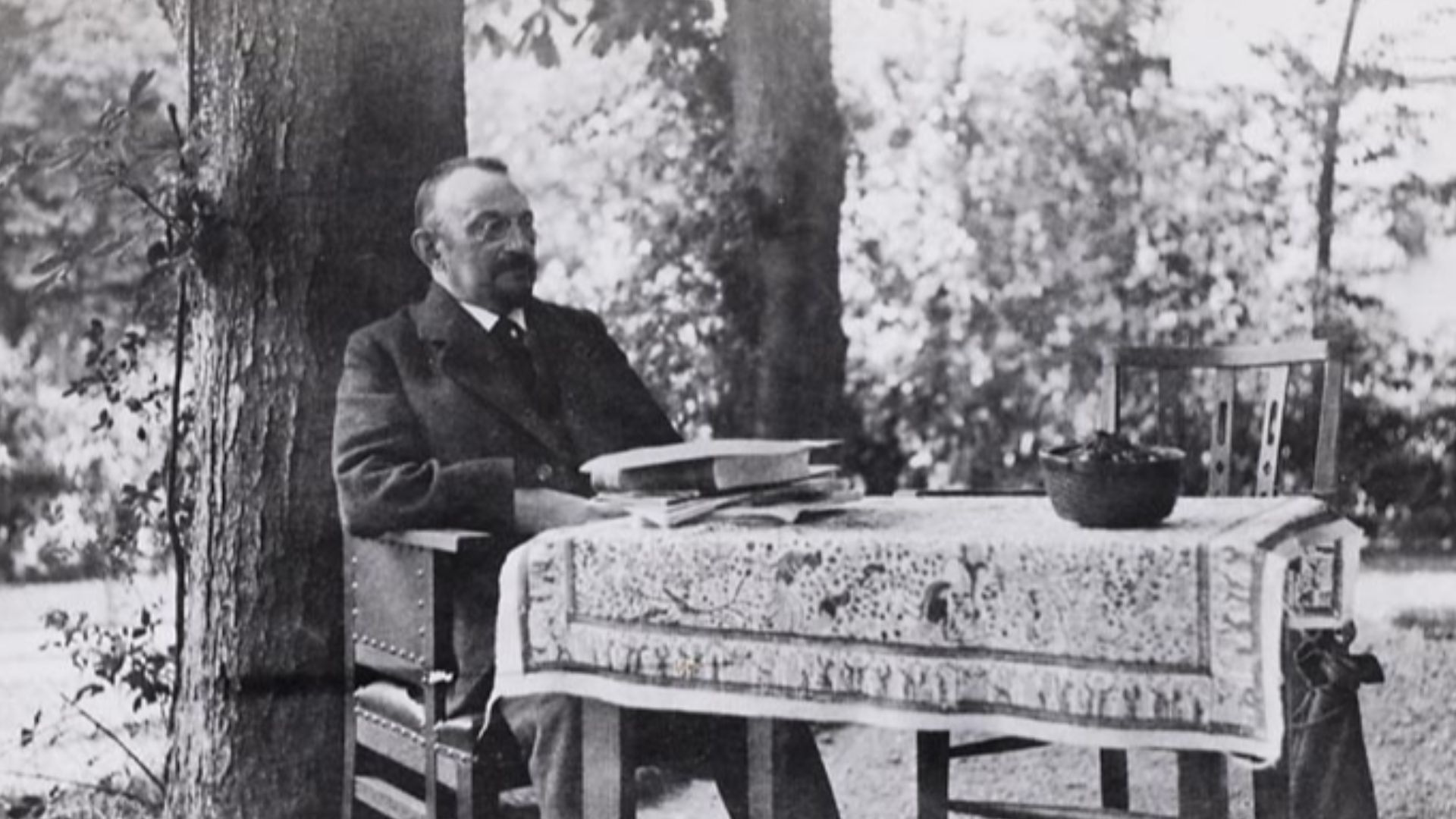 Unknown photographer, Wikimedia Commons
Unknown photographer, Wikimedia Commons
Condition: The Piece Was Pristine
Carcerano reported that there were no signs of use: no scratches, chips or obvious wear — the plate appeared to have never been used as dinnerware. The excellent condition boosts its value and rarity, especially for export porcelain of this era.
The Thrift Store Strategy
Carcerano explained that he often visits the Goodwill store early and watches for new inventory carts because by the time items hit the shelves, high-value items may be gone. In this instance, the plate emerged on a cart and was overlooked by other shoppers until he spotted it.
Purchase And Cost Return
He paid US$4.99 for the plate — a remarkable bargain given its estimated later value. With a potential value of $4,000 to $6,000, this represents a nearly thousand-fold return on the purchase cost.
Export Porcelain In Auction Context
Pieces of 18th-century Chinese export porcelain frequently appear in major auction houses, but armorial export items with such provenance are comparatively rare. Auction houses such as Sotheby’s list Qing-dynasty export plates from the 18th century with a variety of decorative schemes.
Why The 18th Century Was Special For Chinese Porcelain
In the 18th century, China had mastered high-quality hard-paste porcelain production and the export market was booming. The global trade routes and Western interest in Chinese wares created a strong demand for decorated porcelain such as export armorial pieces.
Armorial Meaning And Provenance Importance
The presence of a family coat of arms allows researchers to trace the patron family, location and sometimes shipment history of the piece. Provenance (the documented history of ownership) and heraldic identification are key in establishing authenticity and value in the market.
 Dieter Groll, Wikimedia Commons
Dieter Groll, Wikimedia Commons
Thrift-Store Archaeology Meets Art History
What appears to be a simple plate at a thrift store turned out to hold cross-cultural significance: Chinese craft, European patronage, and Jewish diaspora heritage all intersect in this piece. The find illustrates how objects of global art history can surface in everyday settings.
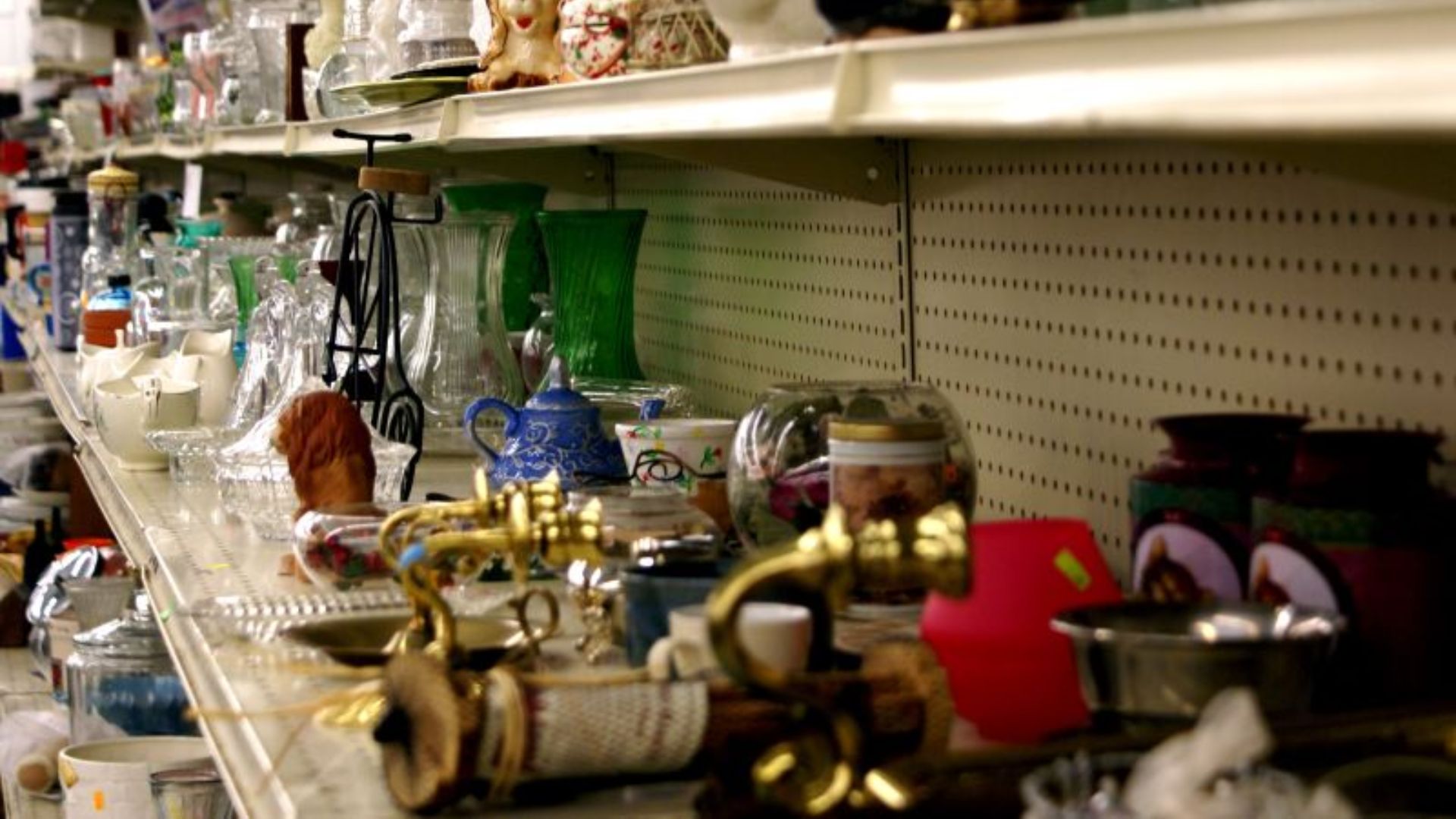 Valerie Everett, Wikimedia Commons
Valerie Everett, Wikimedia Commons
Market Implications For The Collector
Carcerano is considering his options for selling the piece—either via auction at Sotheby’s or through a private sale. Choosing the right venue can impact visibility, sale price, and the piece’s fit within collecting categories (e.g., Judaica auctions).
The Judaica Auction Prospect
Because the arms are from a Jewish family (Mendes Da Costa), the piece may appear in a Judaica-focused auction — a rare crossover for Chinese export porcelain. This crossover adds to the uniqueness and potentially the appeal of the piece within both porcelain and Judaica collector markets.
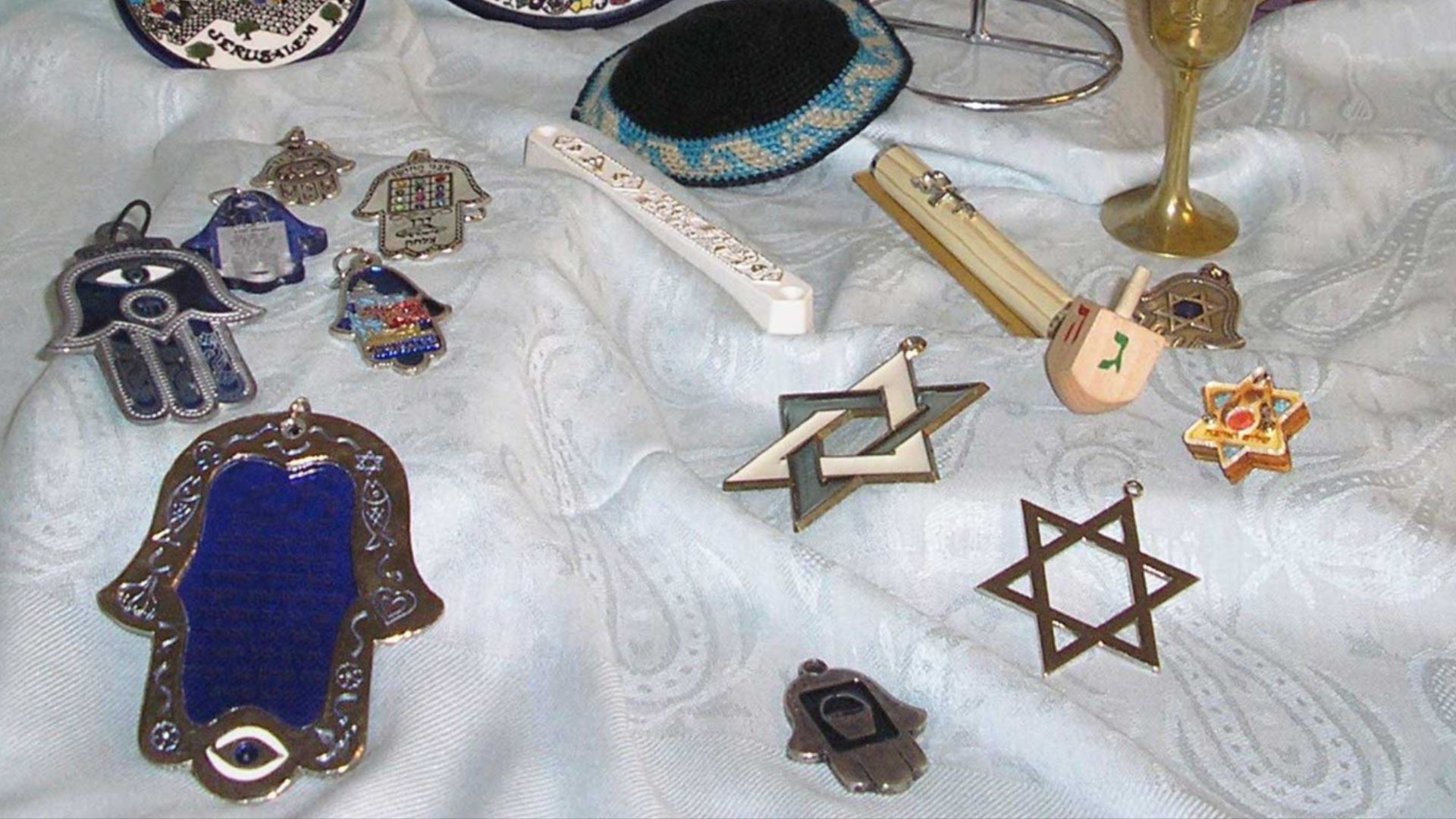 Vadim Akopyan, Wikimedia Commons
Vadim Akopyan, Wikimedia Commons
The Role Of Technology And Online Research
Carcerano used Google Lens to compare his plate to similar auctioned examples, finding a $4,400 sale match. Online collector forums and social-media groups further helped him confirm its rarity and authenticity before contacting auction houses.
Lessons For Thrift-Store Hunters
A trained eye for signs such as heraldic arms, unusual glaze or shape, and non-standard decoration can make all the difference. Patience and timing matter too: checking new arrivals and carts before mainstream shelving increased the chance of uncovering valuable items.
Authentication Challenges In This Market
Collectors must be cautious of reproductions and later copies — especially in the Chinese export porcelain field. Without documented provenance, authentication often relies on condition, stylistic analysis, heraldry, and specialist input.
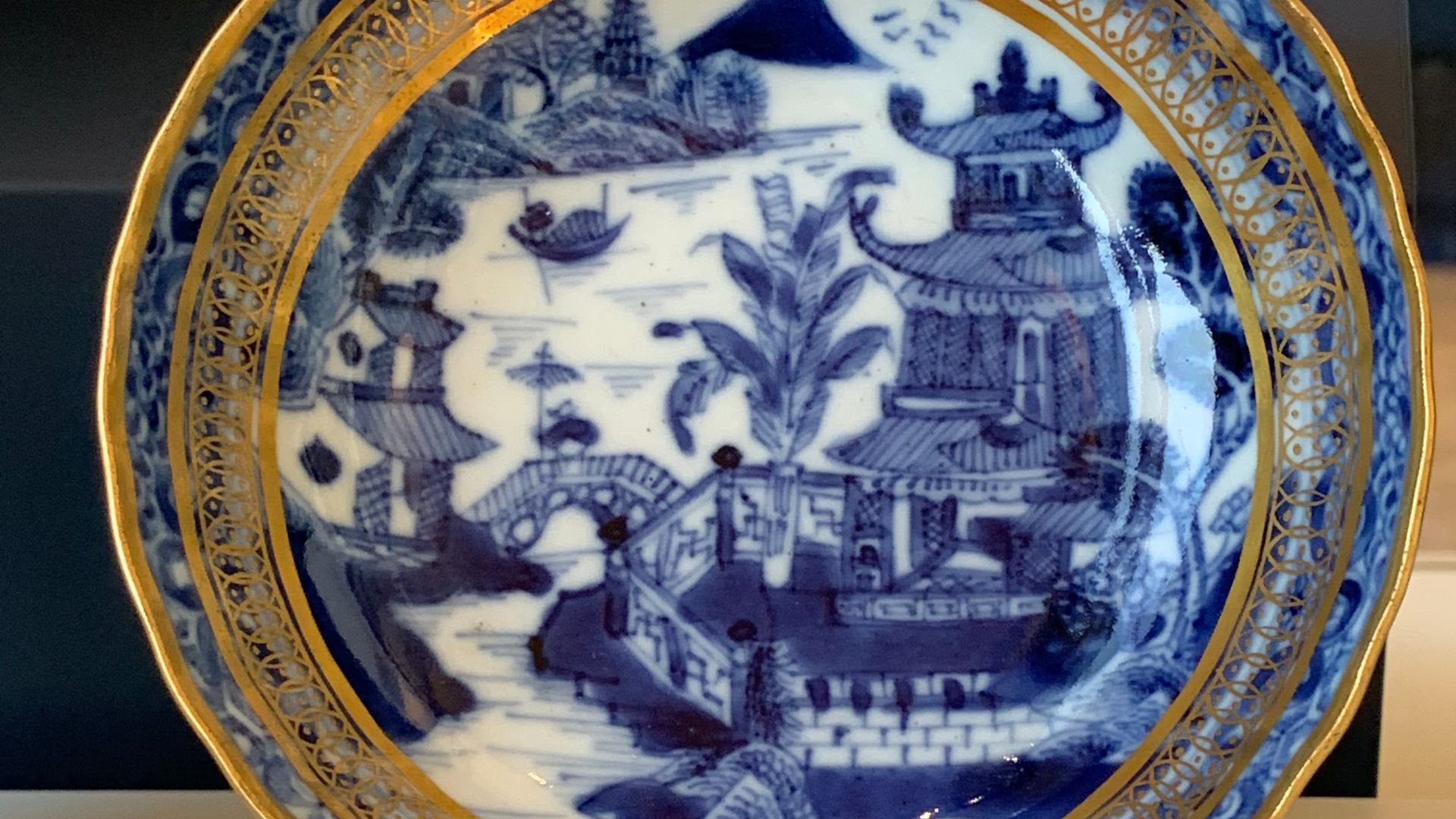 Alf van Beem, Wikimedia Commons
Alf van Beem, Wikimedia Commons
A Snippet Of Broader Porcelain Stories
This one-plate story sits within a wider history of Chinese export porcelain which includes very high-value pieces — for example, a Chinese vase sold by Sotheby’s for over €16 million. While the thrift-store plate is modest in comparison, it underscores how export porcelain continues to be culturally and financially significant.
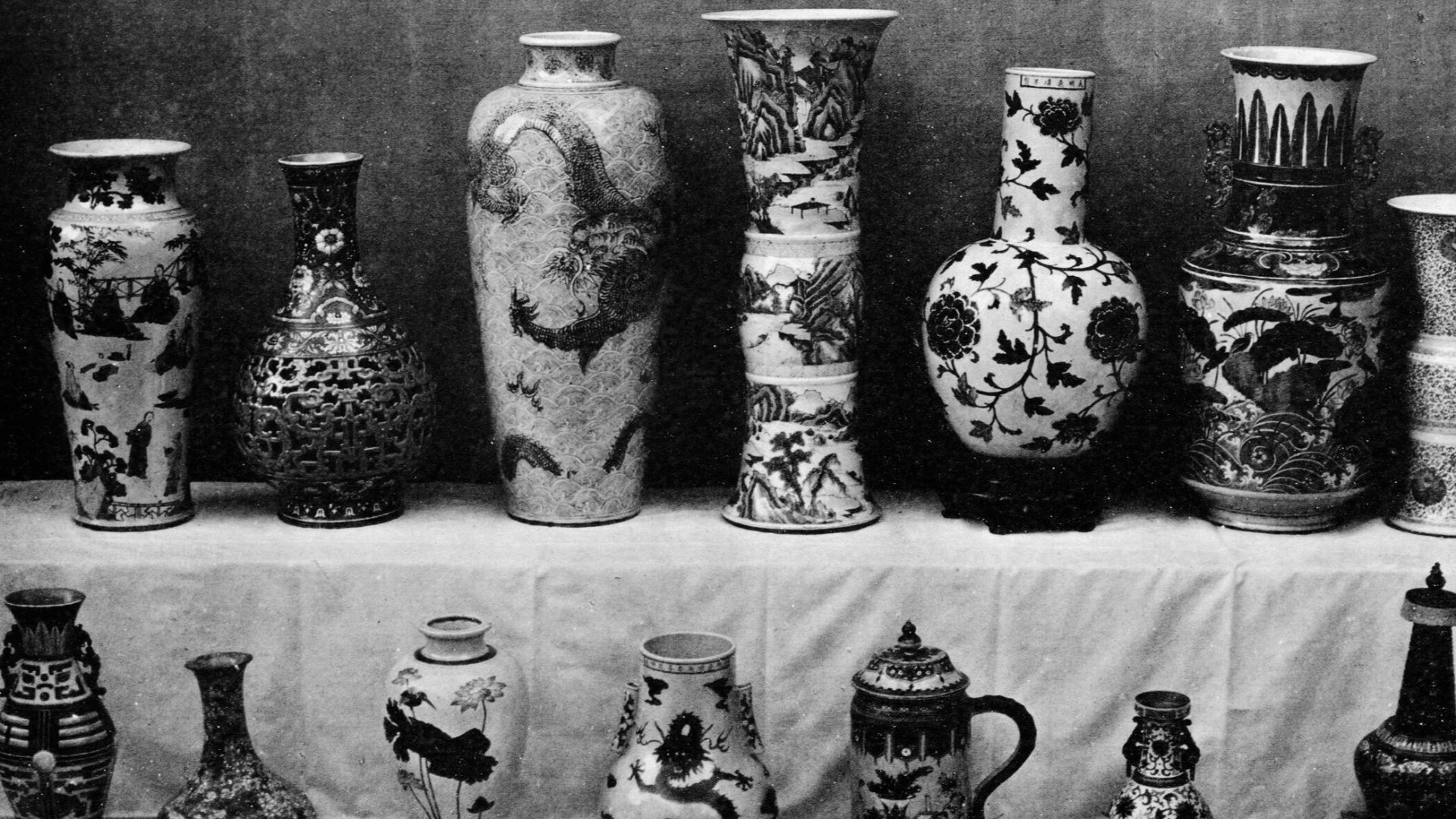 John Thomson, Wikimedia Commons
John Thomson, Wikimedia Commons
From Five Dollars To Priceless Story
What began as a simple thrift-store purchase for US$4.99 became a discovery of a rare 18th-century Chinese export armorial plate verified by Sotheby’s and valued at several thousand dollars. The story highlights the intersection of thrift-store hunting, global art history, and the enduring appeal of Chinese export porcelain in the 18th century.
You May Also Like:
Photos Of The Ancient Tribe Whose Handmade Creations Outlasted Empires
Archaeologists Find Ancient God In A Sewer


